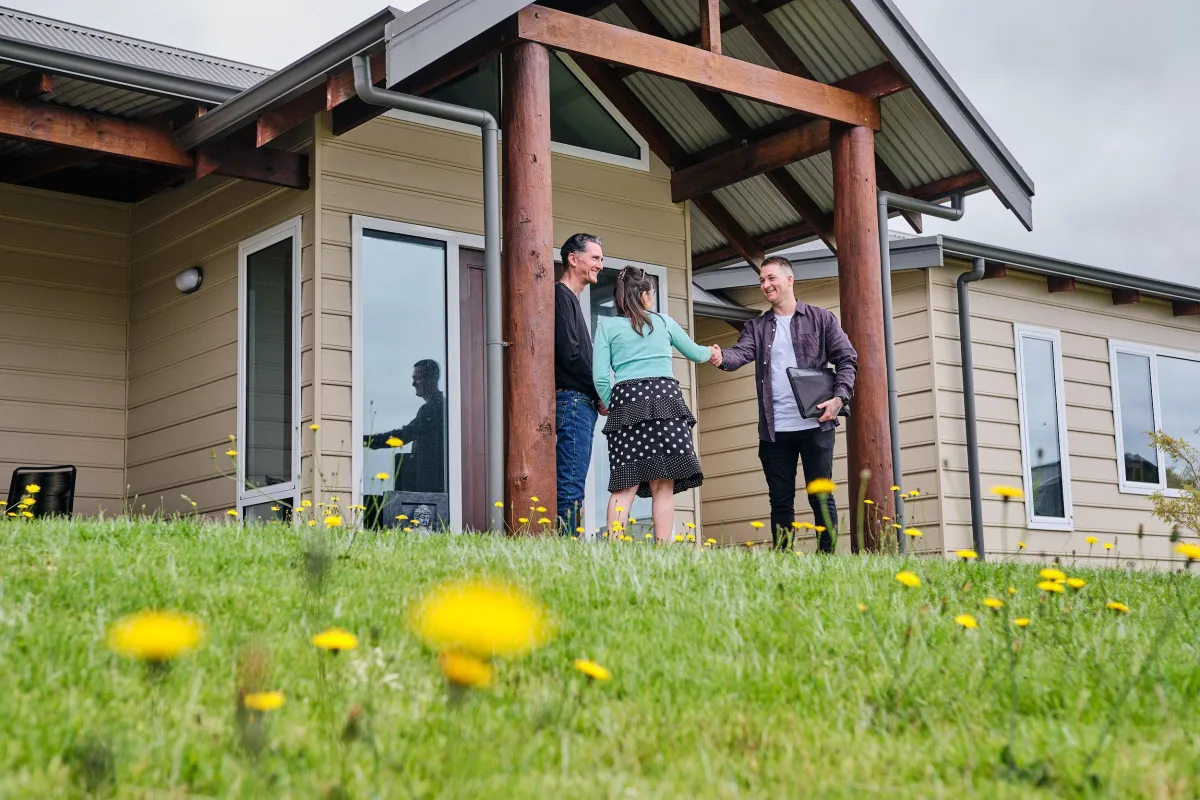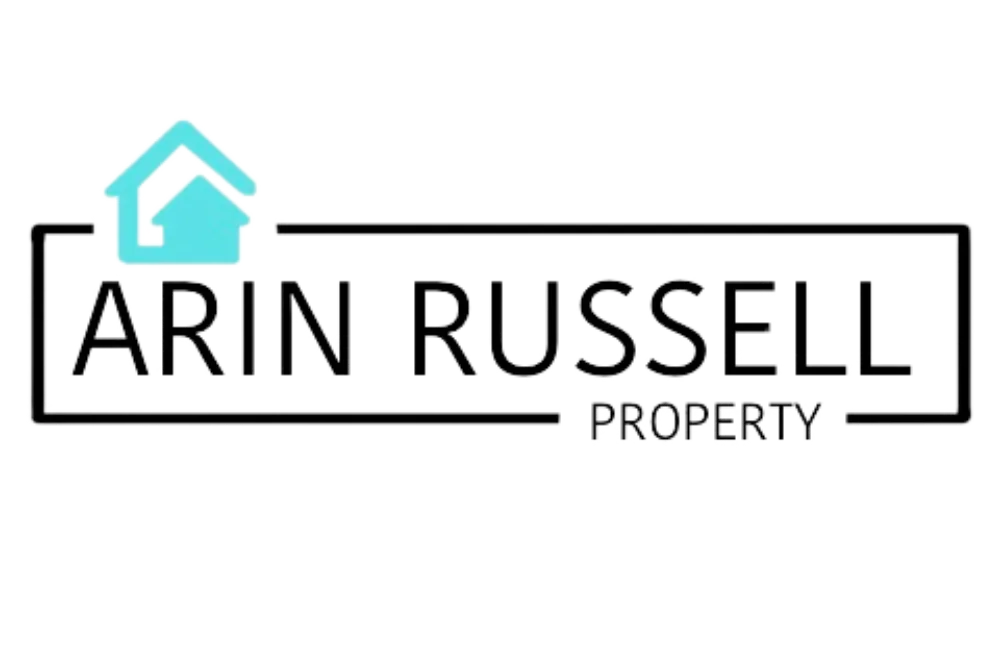Take Back control of
your future
Are you tired of:
Working 9-5?
Worrying about retirement?
Not earning enough money?

Build A Tailored Investment Portfolio

Grow Your Wealth

Invest With Confidence
Our mission is to empower families
Australia Wide to build a profitable portfolio
through strategic property investments.
Take Back control of
your future
Are you tired of:
Working 9-5? Worrying about retirement? Not earning enough money?

Build A Tailored Investment Portfolio

Grow Your
Wealth

Invest With Confidence
Our mission is to help young families achieve long-term financial security, consistent financial growth and minimal risk.
Why Choose Us?

Arin Russell Property, where we're redefining the home-buying and investment experience. Our goal is simple yet powerful: to change the way people perceive real estate by excelling in every aspect and providing excellent service to help you find the perfect property.
Far beyond being just another buyer agency, we pride ourselves on our fresh approach, fuelled by integrity and expertise. Our aim is to set new standards for the industry, always putting our clients first.
Central to our ethos is building relationships based on trust and mutual respect. We want you to feel confident in our abilities and know that we have your best interests at heart.
Why Choose Us?
At Arin Russell Property, everything we do things differently around here.
We believe investing in real estate should be exciting and rewarding! It should not be overwhelming or stressful. That’s why we’re here to simplify the process, provide expert guidance and help you secure the right property, at the right price.
We’re more than just a buyer’s agency... we’re your
trusted partner in building a strong, profitable portfolio. With a fresh approach rooted in integrity and expertise, we put your best interests first, ensuring you make informed decisions with confidence.
For us, success isn’t just about finding great properties—it’s about building lasting relationships based on trust, transparency and genuine care for your future.
When you work with us, you can feel confident knowing you have a dedicated team that’s always looking out for you.

What client's say about us
What client's say about us
Frequently Asked Question
Difference Between a Buyers Agent & Sellers Agent
A buyer's agent assists homebuyers by locating properties, providing guidance throughout the process, and negotiating favourable terms.
A seller's agent supports sellers in listing, marketing, navigating the sales process, and negotiating the most advantageous terms.
Why Should I Hire a Buyers Agent?
Buyer's agents offer their market knowledge, aid in property searches, manage negotiations, and navigate you through the difficulties of the home buying process. This ultimately saves you time and ensures the protection of your interests.
When Should I Hire a Buyers Agent?
It's beneficial to involve buyer's agents early, even before starting the house search, as they provide valuable advice from the beginning.
What Is a Buyers Agent?
A buyer's agent is a property expert hired by the buyer to be their advocate during the property buying process. Agents are firmly on the buyer's side, guiding and supporting them in a real estate world often focused on sellers.
IMPORTANT INFORMATION
This information is general in nature and does not take into account your personal financial situation. It is for educational purposes only, and does not constitute formal financial advice. You should always seek personal financial advice that is tailored to your specific needs.
©2024 - Arin Russell | All Right Reserved
Real Estate and Business Agent Licence 83901
IMPORTANT INFORMATION
This information is general in nature and does not take into account your personal financial situation. It is for educational purposes only, and does not constitute formal financial advice. You should always seek personal financial advice that is tailored to your specific needs.

